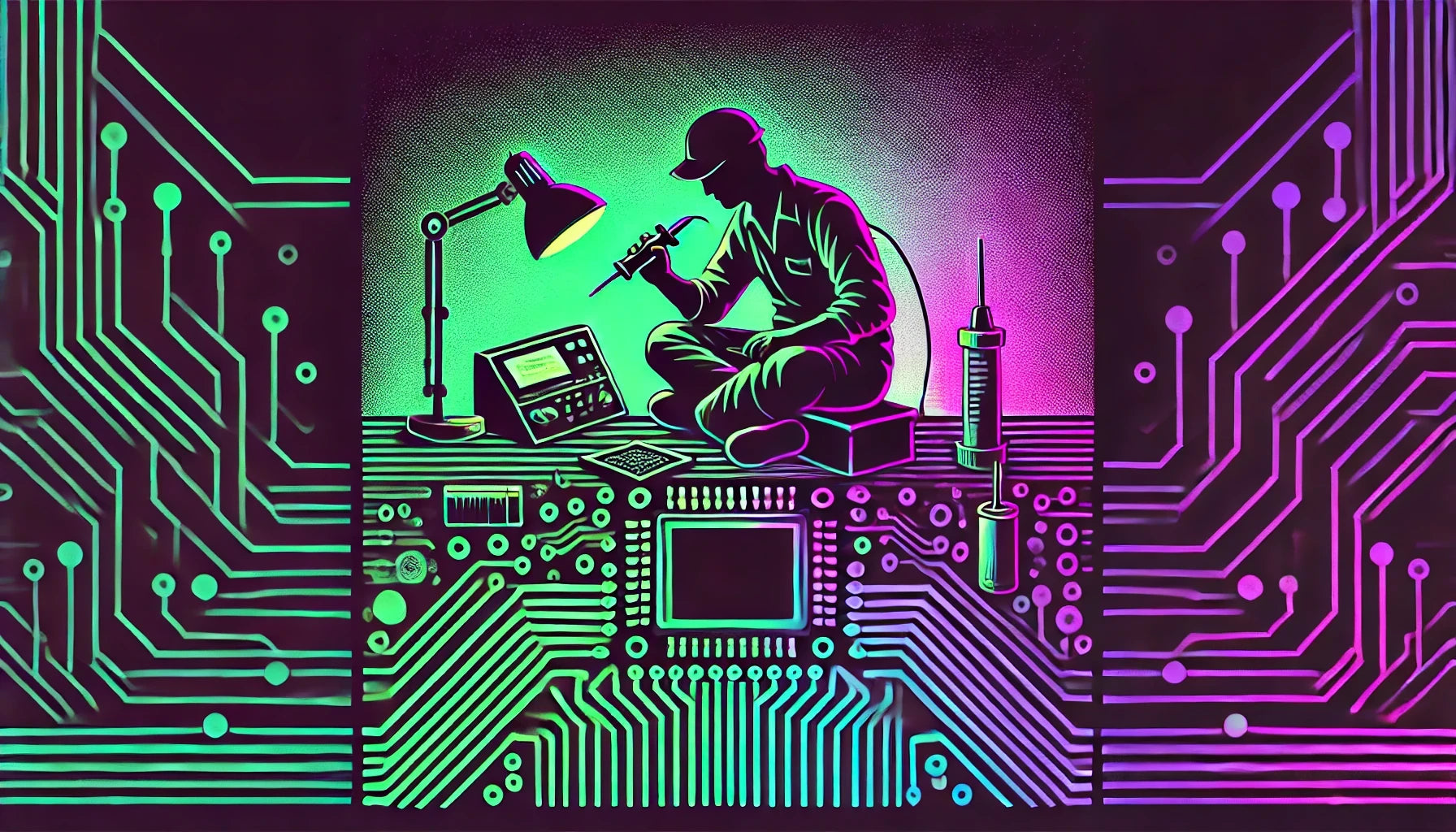Causes of 'ValueError: logits and labels must have the same shape' in TensorFlow
- Mismatch Between Logits and Labels: One of the primary reasons for the `ValueError: logits and labels must have the same shape` in TensorFlow is the shape mismatch between the logits and the labels tensors. The logits, which represent the unnormalized predictions output from the model, need to have the same shape as the labels, which are the ground truth values. A typical scenario of mismatch occurs in a classification task when there is a misunderstanding of the output shape required. For instance, if logits have shape (batch_size, num_classes) and labels are given as (batch\_size,) expecting single-dimensional labels can cause this error.
- Shape of Labels Not Matching Expected Form: In classification problems, labels might be incorrectly processed before comparing them to model outputs. For example, one-hot encoded labels might be used, leading to a shape like (batch_size, num_classes) when a shape of (batch\_size,) might be expected (or vice versa). In scenarios like binary classification, the issue often arises when labels are expected as a single feature per instance rather than a one-hot encoded vector.
- Inappropriate Loss Function Usage: Certain loss functions in TensorFlow require specific shapes for the logits and labels. For instance, `sparse_categorical_crossentropy` expects labels as integers rather than one-hot vectors, while `categorical_crossentropy` expects one-hot encoded labels. Using an inappropriate loss function can lead to a mismatch between the shapes of expected and provided labels and logits.
- Data Pipeline Mistakes: Errors in the data pipeline, such as incorrect reshaping or unexpected transformations (e.g., flattening or dimensionality expansion) might cause the shapes of the data to not align as expected. This includes mistakes in data augmentation processes or in how the dataset is batched and fed to the model.
- Batch Dimension Mismatch: Another cause can be an inadvertent mismatch in batch dimensions when combining datasets from multiple sources, or when slicing datasets for parallel processing. The batch\_size dimension should consistently match between logits and labels across all steps of the computation graph construction and execution.
# Example code that could trigger this error
import tensorflow as tf
# Simple example of mismatched shapes in a binary classification task
logits = tf.constant([[0.4, 0.6], [0.3, 0.7]]) # Shape (2, 2) implying two classes
labels = tf.constant([1, 0]) # Shape (2,), indicating labels as indices instead of one-hot
# Using categorical cross-entropy which expects one-hot encoded labels
loss = tf.keras.losses.categorical_crossentropy(labels, logits)


























